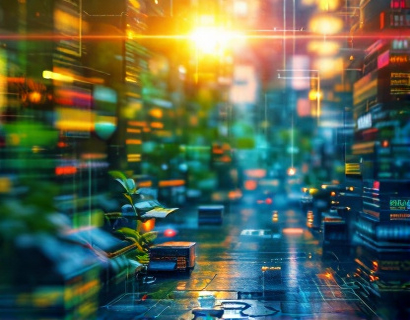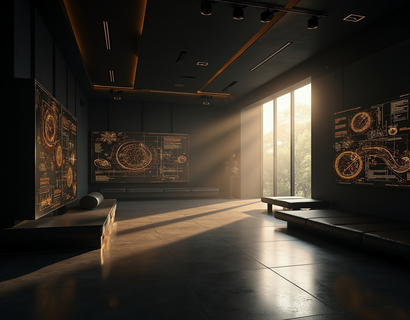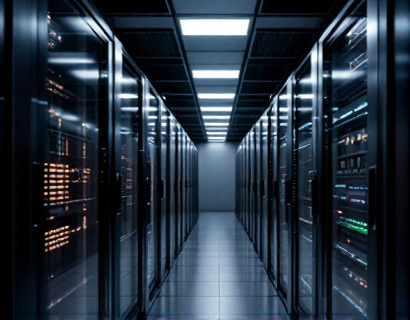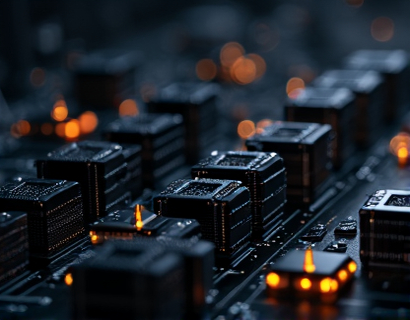Maximize Your Indoor Garden: Expert Tech for Optimal Plant Growth in Solariums
Transforming your indoor space into a thriving garden oasis is no longer a dream but a tangible reality thanks to advancements in technology. Solariums, or indoor greenhouses, offer a controlled environment where plants can flourish year-round, regardless of external weather conditions. To fully harness the potential of your solarium, integrating cutting-edge technology is essential. This article delves into the expert techniques and technologies that can optimize light, climate, and automation, ensuring your indoor garden reaches its full growth potential while maintaining sustainability.
Optimizing Light for Plant Growth
Light is one of the most critical factors in plant growth, and in a solarium, controlling and enhancing light quality and quantity can significantly boost your plants' health and yield. LED grow lights have revolutionized indoor gardening by providing a spectrum tailored to different stages of plant development. These lights are energy-efficient, produce minimal heat, and can be customized to emit specific wavelengths that promote photosynthesis, flowering, and fruiting.
To maximize light utilization, consider the placement and intensity of your lighting system. Plants closer to the light source require less intensity, while those further away need higher intensity to compensate for light dilution. Using adjustable fixtures or smart lighting systems that can be programmed to mimic natural daylight cycles ensures that your plants receive the optimal light conditions at the right times.
Climate Control for Ideal Growing Conditions
Maintaining the right climate inside a solarium is crucial for plant health. Temperature, humidity, and air circulation all play vital roles in creating an environment that supports robust growth. Advanced climate control systems can automate the regulation of these factors, ensuring consistency and efficiency.
Heating and cooling systems, such as thermostatically controlled heaters and evaporative coolers, can maintain optimal temperature ranges. Humidity control is equally important, as most plants thrive in a humidity range of 40% to 70%. Devices like humidifiers and dehumidifiers, integrated with smart sensors, can automatically adjust to keep humidity levels within the ideal range. Proper air circulation prevents mold and disease by reducing moisture buildup, and fans or automated vent systems can be programmed to maintain healthy air flow.
Automation for Convenience and Efficiency
Automation is the backbone of a modern solarium, offering convenience and precision in plant care. Automated irrigation systems, for instance, deliver water directly to the roots, reducing waste and ensuring consistent moisture levels. These systems can be linked to soil moisture sensors, which trigger watering only when necessary, preventing over or under-watering.
Fertigation, the process of delivering nutrients through the irrigation system, further enhances plant health by providing a balanced and controlled nutrient supply. Automated dispensers can release precise amounts of fertilizer based on the plants' needs, reducing the risk of nutrient burn or deficiency. Combining these systems with a central control unit allows for seamless management and monitoring of your solarium's conditions.
Customizable Solutions for Unique Needs
Every indoor garden is unique, with different plants having specific requirements. Expert technology setups can be tailored to meet these diverse needs, ensuring optimal growth for a variety of species. For instance, some plants may require higher light intensity or specific light cycles, while others might need more precise temperature or humidity control.
Consulting with horticultural experts can help design a solarium setup that caters to your specific plant collection. Customizable LED light panels, adjustable climate control modules, and versatile automation systems can be configured to create the perfect environment for your plants. This personalized approach not only enhances plant health but also increases the overall aesthetic and functional value of your solarium.
Sustainability in Indoor Gardening
Sustainability is a key consideration in modern indoor gardening. Energy-efficient technologies and eco-friendly practices can significantly reduce the environmental impact of your solarium. LED grow lights, for example, consume less energy and have a longer lifespan compared to traditional lighting options. Using renewable energy sources, such as solar panels, to power your solarium's systems further minimizes your carbon footprint.
Water conservation is another critical aspect. Closed-loop irrigation systems recycle water, reducing consumption and minimizing waste. Additionally, choosing native or drought-resistant plants can lower water requirements, making your indoor garden more sustainable.
Monitoring and Data Analysis for Optimal Growth
Advanced monitoring technologies provide real-time data on your solarium's conditions, allowing for precise adjustments and informed decision-making. Sensors can track temperature, humidity, light intensity, CO2 levels, and soil moisture, feeding this data into a central system for analysis.
Using data analytics, you can identify trends, optimize settings, and predict potential issues before they affect your plants. For example, if the data shows a consistent drop in humidity during certain hours, you can adjust the humidification system accordingly. This proactive approach ensures that your plants receive the best possible care, leading to healthier growth and higher yields.
Conclusion
By integrating expert technologies for light, climate, and automation, you can transform your solarium into a thriving indoor garden. These advanced systems not only optimize plant growth but also promote sustainability and convenience. Whether you are a seasoned indoor gardener or just starting, embracing these innovations can elevate your gardening experience and create a lush, vibrant space within your home.










































